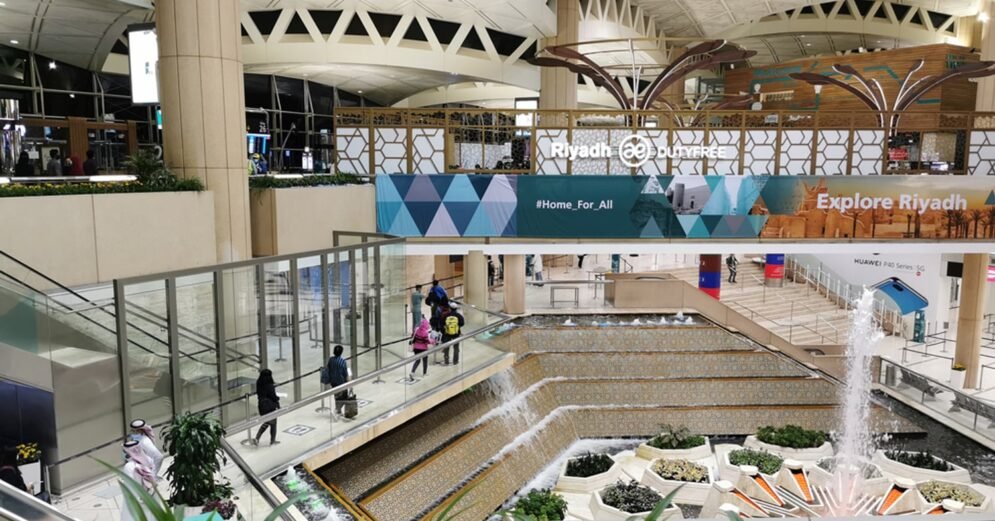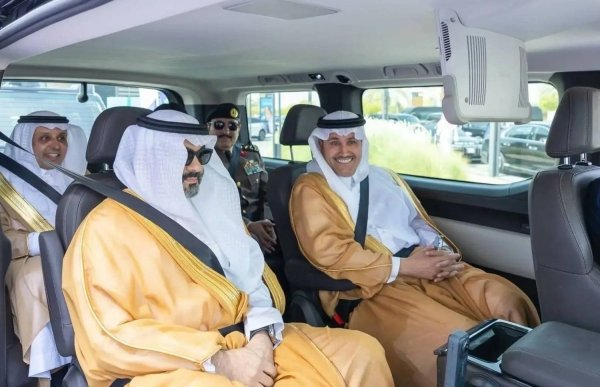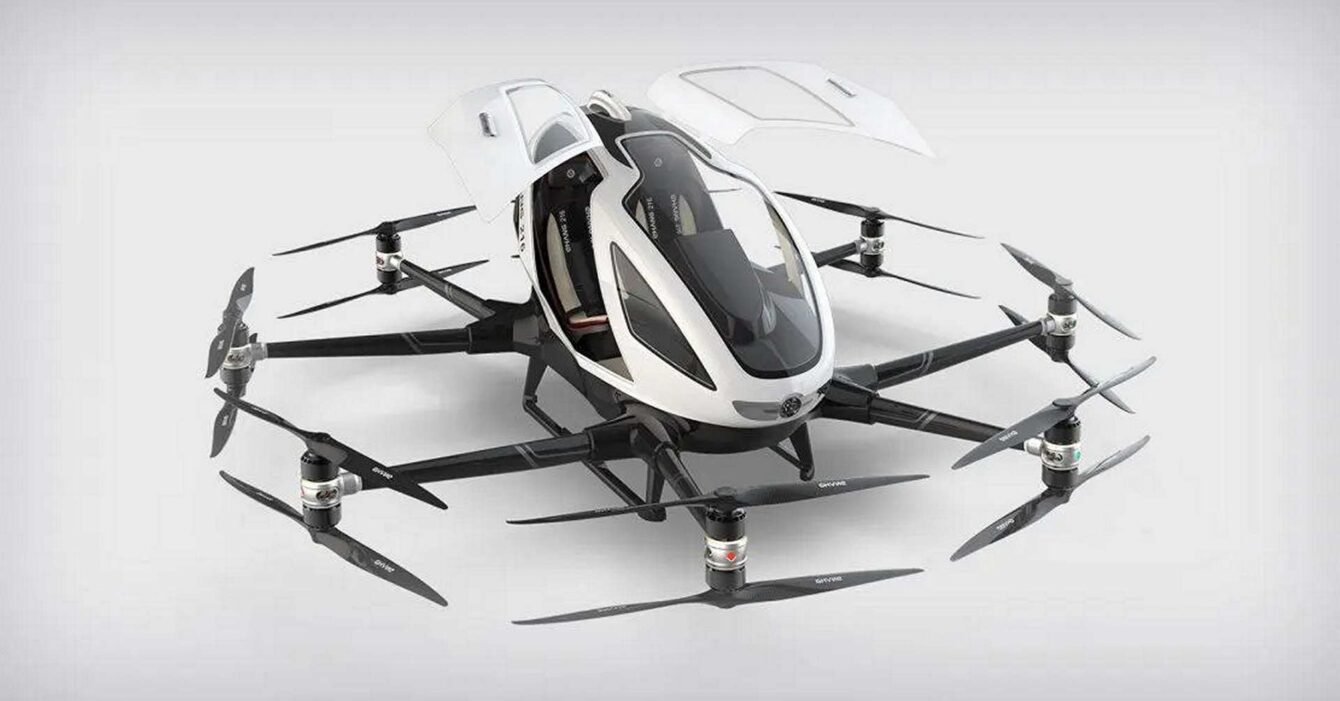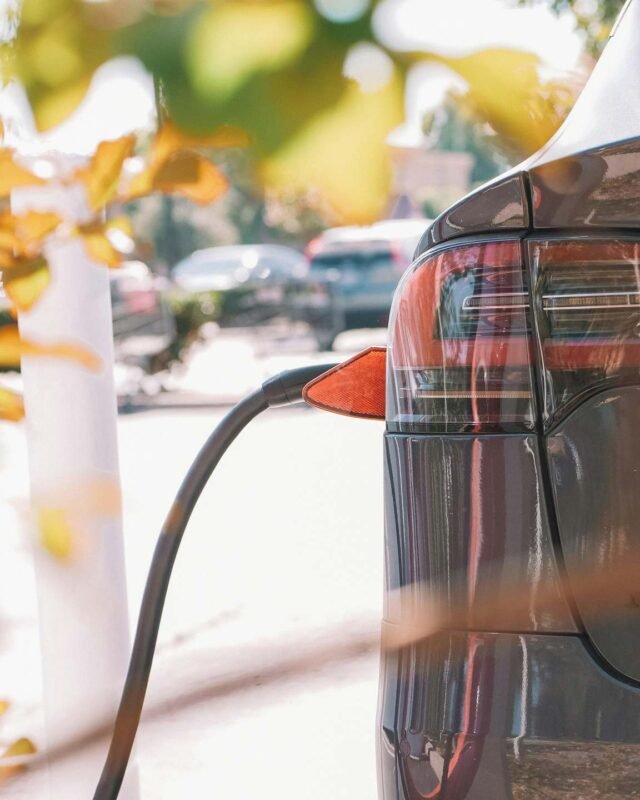3 partners, 1 MoU, and a 2025 start for Saudi AAV Mobility
Saudi AAV Mobility is moving from concept to rollout after a September 23, 2025 MoU uniting Front End, Cluster 2 Airports, and EHang. The agreement isn’t a press-cycle talking point; it wraps aircraft supply, operations playbooks, vertiport deployment, traffic management, and localization into one execution track. With cluster-scale airport access and a proven autonomous platform, the consortium aims to accelerate certification under GACA oversight and go live with passenger air taxis and cargo drones—no multi-year drift, just staged activation with safety baselines and public acceptance baked in.

2024 trials proven, 2025 alignment set, 2026+ scale potential
Saudi AAV Mobility has already absorbed two critical de-risking milestones. In June 2024, an unmanned air-taxi trial in Makkah validated flight performance and urban viability in dense environments. In August 2024, GACA’s Advanced Air Mobility Roadmap clarified certification pathways, UTM integration, and airspace governance. With the MoU now aligned, 2025 is the orchestration year; 2026+ is the scale horizon—Riyadh and Jeddah first, with tourism corridors and smart-city links (think NEOM) as later-stage multipliers.
$200–$400 per ride and $300k–$450k per vehicle: Saudi AAV Mobility pricing signals
Costs matter, and Saudi AAV Mobility isn’t ducking them. Industry-aligned benchmarks place early passenger fares around $200–$400 per seat, reflecting initial fleet size, vertiport density, and route demand. Vehicle acquisition sits in the $300,000–$450,000 range depending on configuration and certification scope. Neither is static: fare curves tend to drop with utilization growth, while localized assembly trims capex and lead times. It’s a disciplined path: prove value, build reliability, compress unit economics, and widen access.
UTM, vertiports, and GACA: Saudi AAV Mobility’s control stack
High trust comes from high structure. Saudi AAV Mobility’s control stack pairs low-altitude Urban Traffic Management with compact vertiports and GACA-backed certification. That trio solves for the three friction points that stall programs elsewhere—airspace predictability, ground throughput, and compliance clarity. Add airport network integration from Cluster 2 Airports and the result is a corridor-based launch model: known routes, staged growth, and seamless logistics interlocks across terminals, city nodes, and tourism assets.
Localization and supply chain: Saudi AAV Mobility makes it Saudi
The MoU calls for more than imports. Front End will lead localization—standing up assembly lines, building domestic supplier bases (batteries, avionics, control systems), and training Saudi engineers for operations and maintenance. That’s how Saudi AAV Mobility becomes a national mobility fabric, not a foreign novelty. It’s also how program risk is lowered: parts nearby, skills onsite, and regulatory velocity matched to manufacturing cadence. The Vision 2030 lens is practical here—jobs, tech capacity, and exportable expertise.
Use cases that read human, not hypothetical
Saudi AAV Mobility will earn its social license by solving real problems. Expect airport-to-city shuttles that beat road congestion, tourism loops that lift the guest experience without lifting emissions, and short-hop cargo lanes that clear bottlenecks for retailers and clinics. And because the fleet is electric, the acoustic footprint is dramatically lower than rotorcraft—meaning city-center adoption can be designed for comfort, not compromise. This is how a future state becomes a daily habit.
Saudi AAV Mobility rollout: 6 moves that matter
- Governance: GACA certifies, monitors, and harmonizes UTM with national airspace.
- Infrastructure: Compact vertiports near terminals, business districts, and attractions.
- Fleet: Autonomous eVTOLs configured for passenger and cargo missions.
- Routes: Airport corridors first; city connectors next; tourism loops following.
- Pricing: Early seats at $200–$400; fares drop as fleets and utilization rise.
- Local build: Assembly, components, and skills developed in-Kingdom.
The human promise of Saudi AAV Mobility
Saudi AAV Mobility is built to feel safe, simple, and worth your time. Tap in, lift quietly, fly a few minutes above the gridlock, and arrive with your day intact. For operators, every trip feeds the learning loop; for cities, every route builds trust. And for Saudi talent, the program is a gateway—hands-on with next-gen aviation, equipped for careers that won’t evaporate with a product cycle. That’s the difference between hype and horizon: Saudi AAV Mobility is choosing horizon.
Also Read: Zero to $1B: Saudi’s Smart Leap in Air Mobility
Autonomous Vehicles in Saudi: Riyadh’s 12-Month Pilot Signals Smart Mobility Shift
Saudi Arabia has officially launched its first pilot program for autonomous vehicles in Riyadh, marking a pivotal moment in the Kingdom’s journey toward AI-powered urban mobility. The 12-month initiative, announced on July 23, 2025, introduces self-driving taxis across seven high-traffic zones in the capital, with 13 designated pickup and drop-off points.
13 Pickup Zones Across Riyadh Enable Real-World Testing

The autonomous vehicles in Saudi are currently operating in seven strategic locations, including:
- Terminals 2 and 5 at King Khalid International Airport
- Princess Nourah Bint Abdulrahman University
- Roshn Business Front
- North Train Station
- Transport General Authority headquarters
These areas were selected for their diverse traffic conditions and user demographics, allowing the pilot to gather robust performance data across urban and highway environments.
Safety Officers Onboard All Vehicles During Pilot Phase

Each autonomous taxi is staffed with a trained safety officer to monitor system performance and ensure passenger security. This hybrid approach allows real-time human oversight while testing AI-based navigation and decision-making systems in live conditions. The vehicles are equipped with:
- Real-time traffic sensors
- Advanced geospatial mapping
- AI-driven route optimization
The pilot aims to validate these technologies under Saudi Arabia’s regulatory and environmental conditions.
Public-Private Collaboration Drives Innovation

The project is a joint effort between government bodies and private tech firms. Key stakeholders include:
- Ministry of Transport and Logistics Services
- Saudi Data and Artificial Intelligence Authority (SDAIA)
- Ministry of Interior
- AiDriver, WeRide, and Uber
This blend of regulatory, technical, and commercial expertise reflects Saudi Arabia’s commitment to localizing innovation and building scalable smart transport solutions.
12-Month Trial to Inform Nationwide Rollout Strategy
The autonomous vehicles in Saudi will be monitored over a full year, with performance metrics and passenger feedback shaping future deployment. The pilot is designed to:
- Test legal and operational frameworks
- Evaluate system reliability and user experience
- Prepare for expansion into other Saudi cities
Officials have emphasized that this phase is foundational for broader adoption under the National Transport and Logistics Strategy.
Vision 2030: Autonomous Vehicles as a Sustainability Driver
This initiative aligns with Saudi Arabia’s Vision 2030 goals to diversify its economy and reduce emissions. By integrating autonomous vehicles into urban transport, the Kingdom aims to:
- Cut traffic congestion
- Lower carbon output
- Enhance mobility for residents and visitors
The pilot also supports Saudi Arabia’s ambition to become a global logistics hub through smarter, greener transport infrastructure.
Key Questions About Autonomous Vehicles in Saudi
What are autonomous vehicles?
They are self-driving cars powered by AI, sensors, and navigation systems that operate with minimal human input.
Where is the pilot taking place?
Across seven key zones in Riyadh, including airports, universities, and business districts.
How long will the pilot run?
For 12 months, starting July 23, 2025.
Are the cars fully driverless?
Not yet—each vehicle includes a safety officer during the trial phase.
Why is Saudi Arabia investing in autonomous vehicles?
To support Vision 2030 goals, reduce emissions, improve urban mobility, and position itself as a tech-forward logistics hub.
Also Read: Hands Off the Wheel as KSA Paves the Way for Driverless Cars



